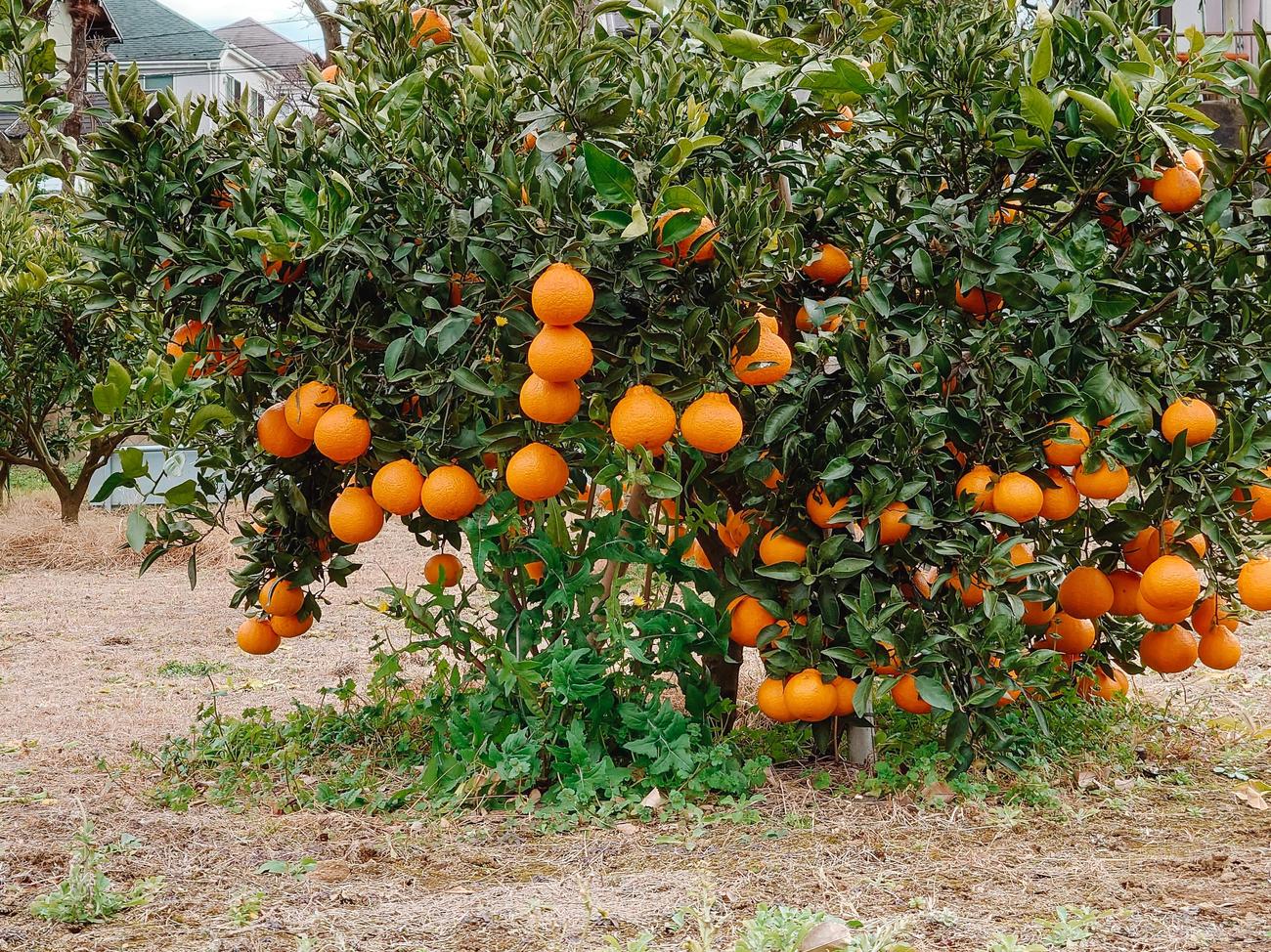Step into the unparalleled world of sumo wrestling, where tradition, strength, and cultural significance meld into an awe-inspiring spectacle. In this article, prepare to be enthralled as we dive deep into the fascinating world of sumo wrestling and unveil some of its most intriguing and little-known facts. From the ancient origins of this martial art to the awe-inspiring techniques employed by its mighty warriors, we will explore the captivating details that make sumo wrestling a truly remarkable sport. So, buckle up and get ready to be amazed by the enchanting world of sumo wrestling.

Interesting Facts About Sumo Wrestling
Sumo wrestling, with its rich history and unique traditions, offers a captivating glimpse into the world of combat sports. In this article, we will explore some interesting facts about sumo wrestling that will fuel your fascination and deepen your appreciation for this ancient and culturally significant sport.
1. Sumo Wrestlers: Powerhouses in Loincloths
Sumo wrestlers, known as rikishi, don’t rely on fancy uniforms or protective gear. Instead, they wear a simple loincloth called a mawashi. This minimalistic clothing choice allows for freedom of movement and adds to the raw intensity of the sport. It’s incredible how these athletes, weighing as much as 150 kilograms, compete with such agility and strength.
“Sumo wrestlers defy expectations with their impressive abilities, dominating the ring with their sheer physical power while clad in nothing but a loincloth.”
2. Weight Gain: An Essential Part of Training
In most sports, weight gain is usually discouraged. However, in the world of sumo wrestling, it is actively pursued. Sumo wrestlers intentionally pack on the pounds to help them withstand and absorb their opponents’ powerful strikes. This weight gain enables them to maintain balance, stability, and endurance throughout their matches.
“Weight gain is not just accepted in sumo wrestling; it’s an integral part of the training process, allowing wrestlers to build the necessary foundation for their impressive displays of strength and skill in the ring.”
3. The Physical Stature of Sumo Wrestlers
Sumo wrestlers are truly iconic figures, not only for their incredible size but also for their towering presence. On average, a sumo wrestler stands at around 185 cm tall. This imposing height, combined with their robust physique, creates an awe-inspiring sight that demands respect and admiration.
“The sight of a towering sumo wrestler, standing tall at around 185 cm, is undeniably eye-catching and serves as a testament to their physical prowess.”
4. The Mighty Loincloth Belt
The loincloth belt, or mawashi, worn by sumo wrestlers is not just a simple piece of cloth. It measures a staggering 6-7 meters in length, providing the necessary support and protection for the wrestlers as they engage in intense bouts on the dohyō. This belt also symbolizes the discipline, dedication, and history of the sport.
“The mawashi belt, spanning an impressive 6-7 meters, serves as a symbol of the tradition, commitment, and sheer power integral to the world of sumo wrestling.”
5. The Challenging Life of a Sumo Wrestler
The life of a sumo wrestler is both physically demanding and mentally challenging. While sumo wrestlers enjoy a revered status in Japanese society, their intense training regime and weight gain regimen take a toll on their longevity. On average, sumo wrestlers live around 65 years, which is noticeably shorter than the average life expectancy for Japanese males.
“Sumo wrestlers lead a life of sacrifice, dedicating themselves to the sport’s rigorous training and weight gain routine, ultimately impacting their overall lifespan.”
6. A Historical Sport
Sumo wrestling is steeped in history and has evolved over centuries. Originating in the Heian Period, during the year 794 CE, sumo has withstood the test of time, becoming a cherished cultural tradition in Japan. Its rich heritage and enduring popularity have ensured that sumo wrestling remains a revered and highly anticipated event.
“Sumo wrestling’s roots trace back to the Heian Period, and its historical significance continues to captivate audiences worldwide, making it a cherished and prominent part of Japanese culture.”
7. Tournaments: Showcasing Athletic Excellence
Sumo tournaments, known as bashos, are held regularly in various cities across Japan, including Tokyo, Osaka, Nagoya, and Fukuoka. These tournaments are thrilling events that attract both local fans and international visitors, offering an up-close glimpse into the intense world of sumo wrestling. The atmosphere is electric as spectators cheer on their favorite wrestlers.
“Sumo tournaments, held in prominent cities throughout Japan, are a thrilling spectacle that showcases the immense talent and captivating skill of sumo wrestlers. The riveting atmosphere and passionate support of spectators make these events truly unforgettable.”
8. The Objective of Sumo Wrestling
In the world of sumo wrestling, the objective is simple yet challenging – a wrestler, known as a rikishi, strives to force his opponent out of the circular ring, called a dohyō. The dohyō measures 4.55 meters in diameter, and the wrestlers employ various techniques, known as kimarite, to achieve victory. These techniques require a combination of strength, strategy, and finesse.
“Sumo wrestling revolves around a captivating battle of wits, strength, and technique, as rikishi employ an array of methods to force their opponent out of the ring, showcasing their prowess within the confined space of the dohyō.”
9. Bringing Opponents to the Ground
In the pursuit of victory, sumo wrestlers aim to bring their opponents to the ground, but there is a catch. The only way to win is to ensure the opponent touches the ground with anything other than the soles of their feet. This unique rule adds an extra layer of complexity to each match and emphasizes the wrestlers’ technical skills.
“In sumo wrestling, the art of bringing an opponent to the ground demands more than just brute strength. Wrestlers must use their skill and technique to make their opponent touch the ground with anything but the soles of their feet, showcasing the intricate nature of this ancient sport.”
Sumo wrestling offers a world of wonder and fascination, where tradition, strength, and skill intertwine. These intriguing facts provide a glimpse into the unparalleled world of sumo wrestling, offering an appreciation for the history, techniques, and dedication of those who partake in this awe-inspiring sport.
Sumo wrestling is a fascinating sport that is deeply rooted in Japanese culture. If you’re interested in learning some captivating facts about sumo wrestling, click here to uncover intriguing insights and surprising aspects of this ancient martial art. You’ll gain a deeper appreciation for the traditions, rituals, and physicality of sumo wrestling. So why wait? Embark on a journey through these enlightening facts about sumo wrestling by clicking on this link: facts about sumo wrestling. Get ready to be amazed!
FAQ
Question: How much do sumo wrestlers weigh?
Answer: Sumo wrestlers can weigh as much as 150 kilograms due to the weight gain being an essential part of their training.
Question: How tall are sumo wrestlers on average?
Answer: An average sumo wrestler is about 185 cm tall.
Question: How long is the loincloth belt worn by sumo wrestlers?
Answer: The loincloth belt, known as a mawashi, worn by sumo wrestlers is about 6-7 meters long.
Question: What is the life expectancy of sumo wrestlers?
Answer: Sumo wrestlers typically live for about 65 years, which is shorter than the average Japanese life expectancy for males (78).
Question: Where do sumo tournaments take place?
Answer: Sumo tournaments take place in Tokyo, Osaka, Nagoya, and Fukuoka.












